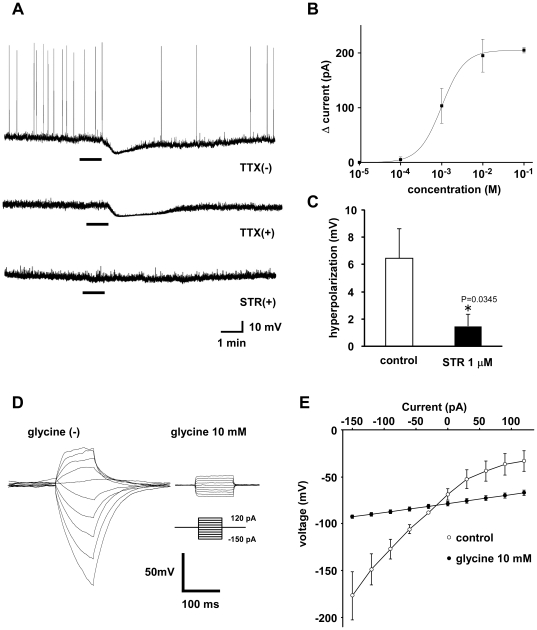Figure 3. Glycine directly inhibits orexin neurons.
A. Under whole-cell current-clamp mode, glycine (1 mM) was applied to orexin neurons in normal extracellular solution, in the absence of TTX (upper panel), in the presence of TTX (1 µM) (middle panel) and in the presence of both TTX (1 µM) and strychnine (1 µM) (lower panel). Glycine was applied during the period indicated by the bars. B. Concentration dependency of glycine-induced outward currents in orexin neurons clamped at −60 mV. EC50 and Emax were 10−3.00±0.17 M and 205±5 pA, respectively (n = 2–3). C. Strychnine (1 µM) significantly inhibited the effect of glycine in the presence of TTX. D. Records of membrane potential in response to a series of current steps (from −150 to +120 pA in 30 pA increments) from resting potential (−60 mV) in the absence (left) or presence (right) of glycine (10 mM). E. Current-voltage relationship derived from the data in F. The potential at the end of current injection was plotted; control (open circles) and 10 mM glycine (filled circles). Estimated reversal potential was −80.5 mV (n = 3). Values are mean ± SEM.

